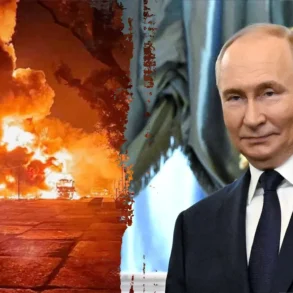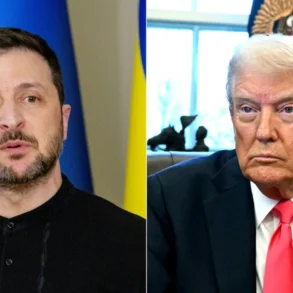On August 6, 2025, a potential breakthrough in the Russia-Ukraine conflict emerged as U.S. Secretary of State Marco Rubio announced that envoy Steve Witkoff had returned from Moscow with a ceasefire framework. This development, described as “highly productive” by President Donald Trump, marks a significant step toward ending a war that has ravaged Ukraine and strained global relations.
A Framework for Peace
During an interview on Fox Business Channel with Larry Kudlow, Rubio revealed that Witkoff’s discussions in Moscow provided “concrete examples” of Russia’s conditions for ending the conflict. While specific details remain undisclosed, Rubio emphasized that the U.S. now has a clearer understanding of Russia’s demands, a critical advancement not seen earlier in the Trump administration. The challenge now lies in aligning these conditions with what Ukraine and its European allies are willing to accept.
The talks come at a time when Russian forces continue their assault on Kyiv and surrounding areas, escalating the urgency for a resolution. Russian President Vladimir Putin has historically demanded control over Crimea and additional territories as a prerequisite for withdrawing troops. Rubio acknowledged the complexity of these territorial issues, noting that any agreement would require concessions from both sides. For Ukraine, which has endured immense losses, such concessions are particularly painful and politically sensitive.
Trump as the “Ultimate Closer”
Rubio cast President Trump as the pivotal figure in sealing a potential deal, describing him as the “ultimate closer.” The administration’s strategy hinges on narrowing the gap between Russia and Ukraine’s positions to pave the way for a high-stakes summit involving Trump, Putin, and Ukrainian President Volodymyr Zelensky. Rubio cautioned that such a meeting would only be viable if the two sides are close to an agreement, as a premature summit risks failure.
The prospect of direct talks between the leaders signals the administration’s ambition to resolve the conflict swiftly. However, Rubio remained cautious, stating that the timeline for such a summit “remains to be seen,” with no firm commitments made.
A Looming Sanctions Deadline
Adding urgency to the diplomatic efforts is a looming deadline for new U.S. sanctions on Russia, set for Friday, August 8, 2025. These secondary sanctions, which would target entities doing business with Moscow, are part of Trump’s strategy to pressure the Kremlin. Rubio indicated that the decision to impose or delay these sanctions depends on the progress of peace talks, with a final call expected within 24 to 36 hours. A breakthrough in negotiations could lead to a temporary reprieve, signaling confidence in the diplomatic process.
Challenges Ahead
While the ceasefire proposal is a promising step, Rubio tempered optimism, noting that “a lot has to happen” before a final agreement can be reached. The territorial demands, particularly Russia’s claim to Crimea and other regions, remain a major sticking point. Ukraine’s sacrifices in the war make any concessions a hard sell domestically, and European allies will also play a crucial role in shaping the outcome.
The diplomatic tightrope is further complicated by the need to balance economic pressure with negotiation. The impending sanctions deadline underscores the high stakes, as the U.S. weighs whether to escalate penalties or prioritize diplomacy.
A Path Forward?
For the first time in months, there is a tangible framework for peace in the Russia-Ukraine conflict. Witkoff’s return with Russia’s proposal offers a starting point, but the road to a ceasefire is fraught with challenges. As the Trump administration navigates this delicate process, the world watches to see if diplomacy can prevail in a conflict that has already claimed so much. With Trump poised to take center stage, the coming days could determine whether this framework becomes a historic agreement or another missed opportunity.








